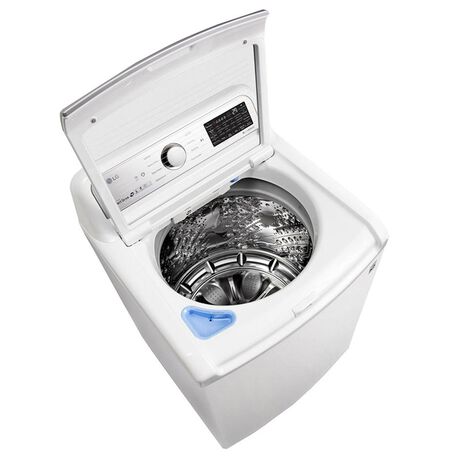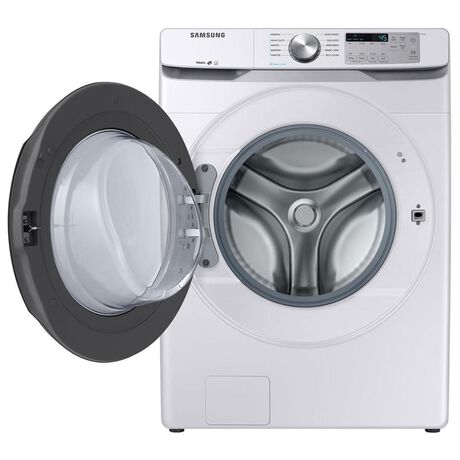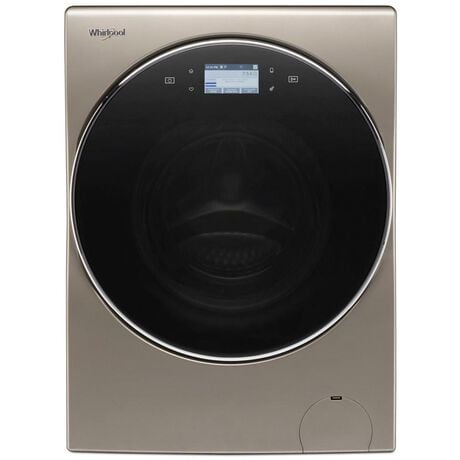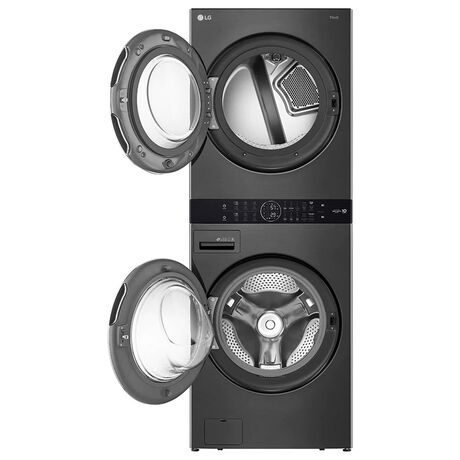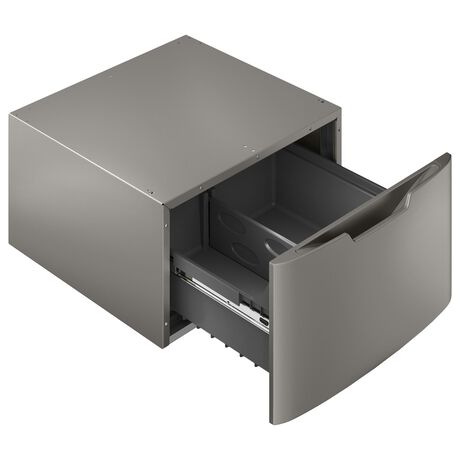Washer and Dryer Installation
Installation of a new washer and dryer comes with several questions that need answered. The first is do I have the correct electric cables and venting kits? If the answer to that question is 'no' or 'uncertain' please contact our Customer Service department at 800-336-9136. The second question, is do I have the strenght and resources needed to put these units in place, or, if it is going to be stacked do I have the correct Stacking Kit? A trained professional or installer may be needed for correct install of gas or electric units. These can be quite heavy and safety should always be the foremost concern.

